Rank Species | Scientific name Bacopa monnieri Higher classification Water hyssop | |
 | ||
Similar Bacopa, Centella asiatica, Ginkgo biloba | ||
Heals alzheimer s disease memory loss bacopa monnieri plant brahmi
Bacopa monnieri (waterhyssop, brahmi, thyme-leafed gratiola, water hyssop, herb of grace, Indian pennywort) is a perennial, creeping herb native to the wetlands of southern and Eastern India, Australia, Europe, Africa, Asia, and North and South America. Bacopa is a medicinal herb used in Ayurveda, where it is also known as "Brahmi", after Brahmā, the creator God of the Hindu pantheon.
Contents
- Heals alzheimer s disease memory loss bacopa monnieri plant brahmi
- How to grow moneywort bacopa monnieri live aquarium plant easy to grow low light
- Description
- Ecology
- Traditional uses
- Nomenclature
- Chemical constituents
- Research
- Toxicology
- International naming
- References
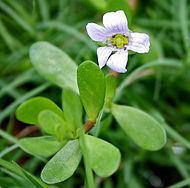
How to grow moneywort bacopa monnieri live aquarium plant easy to grow low light
Description
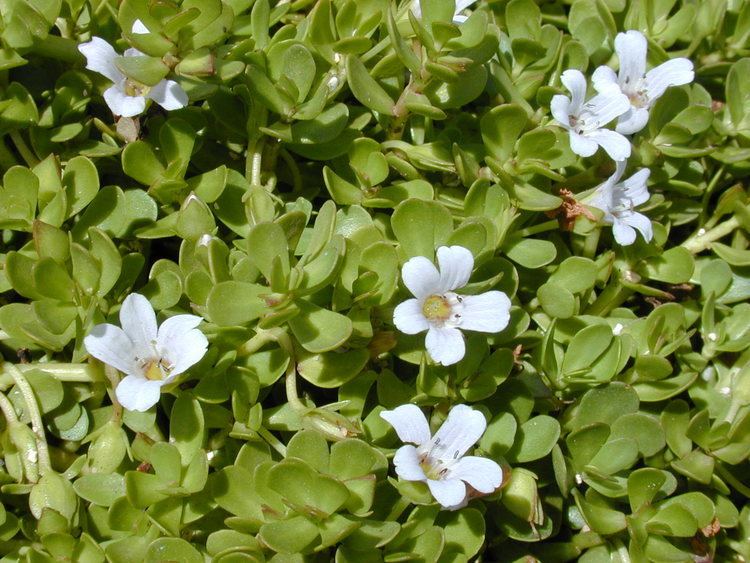
It is a non-aromatic herb. The leaves of this plant are succulent, oblong and 4–6 mm (0.16–0.24 in) thick. Leaves are oblanceolate and are arranged oppositely (opposite deccusate) on the stem. The flowers are small, actinomorphic and white, with four to five petals. Its ability to grow in water makes it a popular aquarium plant. It can even grow in slightly brackish conditions. Propagation is often achieved through cuttings.
Ecology
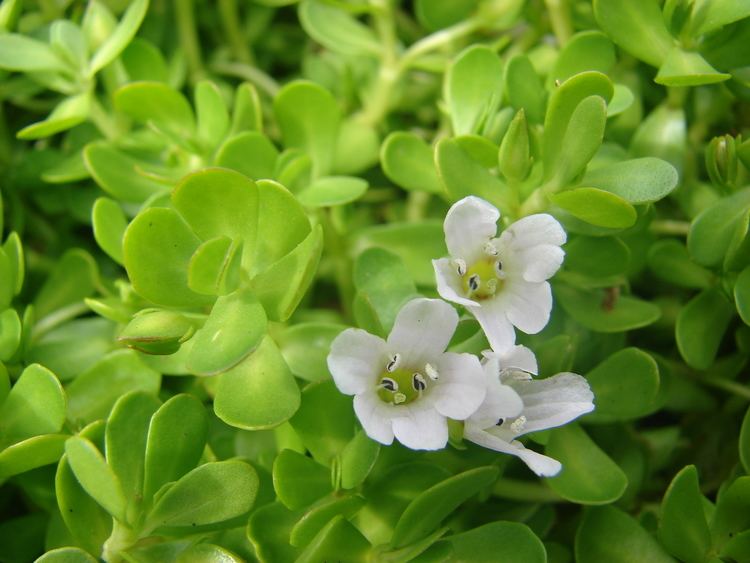
It commonly grows in marshy areas throughout India, Nepal, Sri Lanka, China, Pakistan, Taiwan, and Vietnam. It is also found in Florida, Hawaii and other southern states of the United States where it can be grown in damp conditions by a pond or bog garden. This plant can be grown hydroponically.
Traditional uses
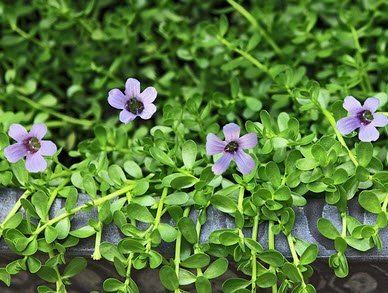
Bacopa has been used in traditional Ayurvedic treatment for epilepsy and asthma. It is also used in Ayurveda for ulcers, tumors, ascites, enlarged spleen, inflammations, leprosy, anemia, and gastroenteritis.
Nomenclature
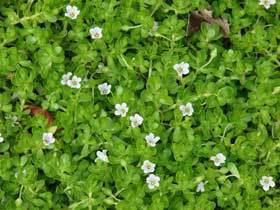
Brahmi is also the name given to Centella asiatica, particularly in North India, and Kerala where it is also identified in Malayalam as muttil (മുത്തിള്) or kodakan. This identification of brāhmī as C. asiatica has been in use for long in northern India, as Hēmādri's Commentary on Aṣṭāṅgahṛdayaṃ (Āyuṛvēdarasāyanaṃ) treats maṇḍūkapaṛṇī (C. asiatica) as a synonym of brahmi, although that may be a case of mistaken identification that was introduced during the 16th century.
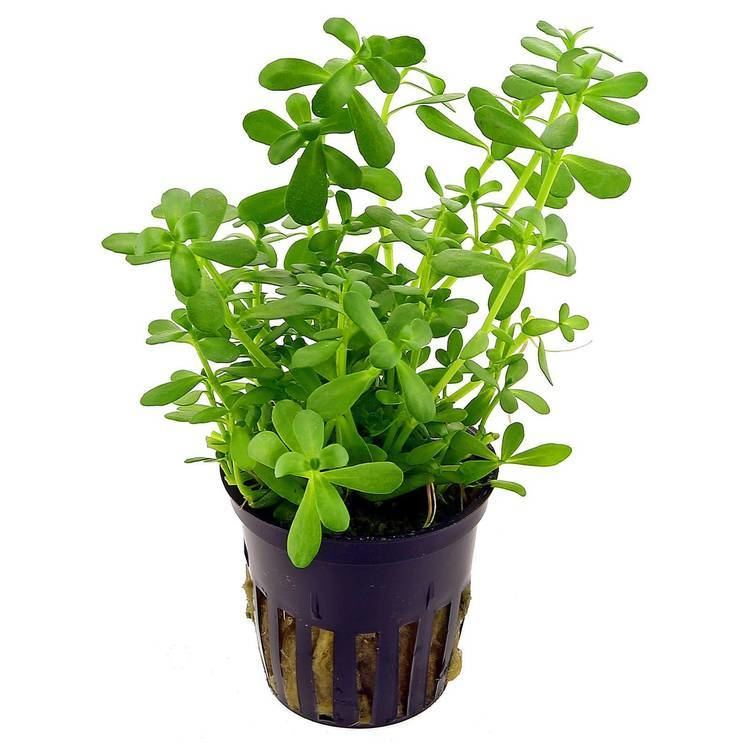
Bacopa monnieri was initially described around the 6th century A.D. in texts such as the Charaka Samhita, Atharva-Veda, and Susrut Samhita as a medhya rasayana–class herb taken to sharpen intellect and attenuate mental deficits. The herb was allegedly used by ancient Vedic scholars to memorize lengthy sacred hymns and scriptures.
Chemical constituents
The best characterized compounds in Bacopa monnieri are dammarane-type triterpenoid saponins known as bacosides, with jujubogenin or pseudo-jujubogenin moieties as aglycone units. Bacosides comprise a family of 12 known analogs. Other saponins called bacopasides I–XII have been identified more recently. The alkaloids brahmine, nicotine, and herpestine have been catalogued, along with D-mannitol, apigenin, hersaponin, monnierasides I–III, cucurbitacin and plantainoside B.
The constituent most studied has been bacoside A, which was found to be a blend of bacoside A3, bacopacide II, bacopasaponin C, and a jujubogenin isomer of bacosaponin C. These assays have been conducted using whole plant extract, and bacoside concentrations may vary depending upon the part from which they are extracted. In one Bacopa monnieri sample, Rastogi et al. found this bacoside profile—bacopaside I (5.37%), bacoside A3 (5.59%), bacopaside II (6.9%), bacopasaponin C isomer (7.08%), and bacopasaponin C (4.18%).
Research
Bacopa monnieri displays in vitro antioxidant and cell-protective effects. In animals, it also inhibits acetylcholinesterase, activates choline acetyltransferase, and increases cerebral blood flow.
Several studies have suggested that Bacopa monnieri extracts may have protective effects in animal models of neurodegeneration. Small clinical trials in humans have found limited evidence supporting improved free memory recall, with no evidence supporting other cognition-enhancing effects.
Toxicology
Aqueous extracts of Bacopa monnieri may have reversible adverse effects on spermatogenesis, sperm count, and fertility in male mice.
The most commonly reported adverse side effects of Bacopa monnieri in humans are nausea, increased intestinal motility, and gastrointestinal upset.
International naming
The plant is known by many names in many international languages, including:
